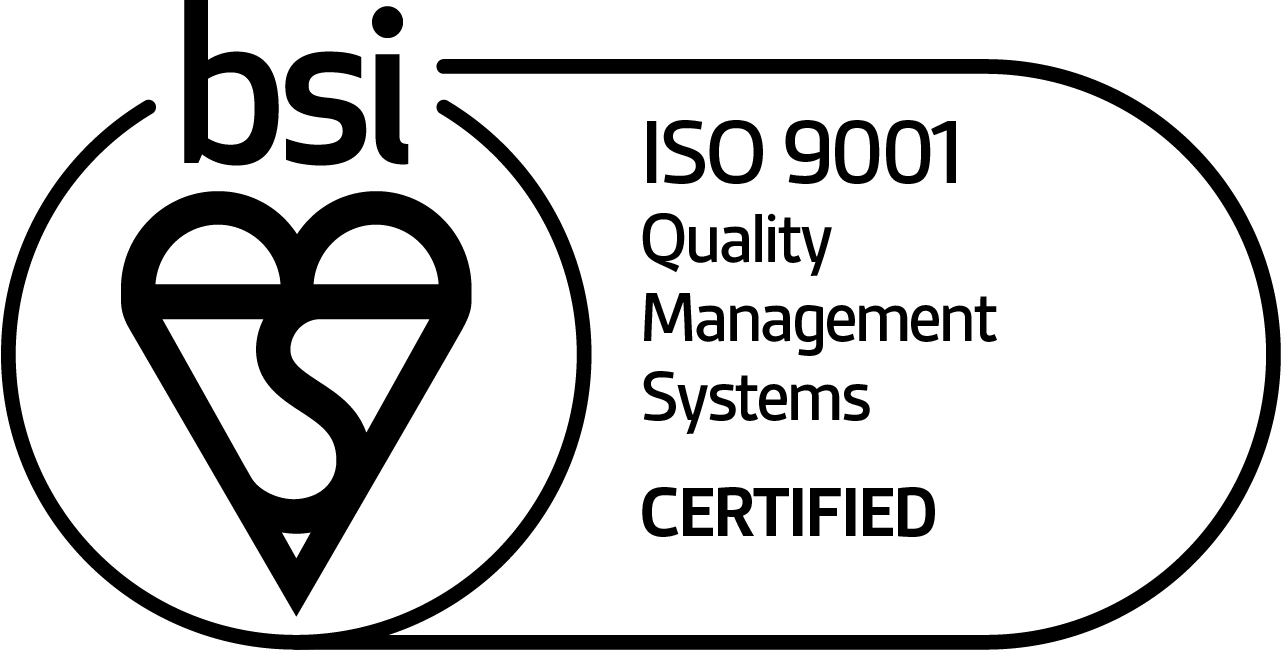How to Choose Your Lens Colour
3 July 2018
The eyewear that we sell here at SafetyGoggles.co.uk come in many shapes, sizes, tints and colours. You might be forgiven for presuming that the darker the glasses the better they are at protecting against UV light, but that isn't always the case. The reason why we have such a wide spectrum of coloured lens available is that they all serve a different purpose, whether it is to block harmful blue light, increase clarity in dark conditions or to reduce eye fatigue over extended use.

Different coloured lenses work well in different environments
This short guide shows you How to Choose Your Lens Colour, explaining each of the popular lenses in detail and describing what they are best suited for. Make no mistake, there are glasses out there specifically designed for playing golf, hunting, indoor use and welding, so we highly recommend that if you are to buy some safety glasses, ensure that you know what you are looking at first. But before we begin, it's important to understand light.
Types of Light
There are a number of different types of light, and it's important to understand why each one effects our eyes differently because lens technology has developed to target each type specifically. The main types of light relevant to us, are:
- Visible light: Also called white light, visible light makes up the light on the spectrum that humans can see. It starts with blue on one end, red on the other and with yellow and green in the middle.
- Blue light: Found on the left of the visible light spectrum, blue light scatters easier than other types of light. This means that we struggle to focus on it, it can cause eye fatigue, headaches and trouble with depth perception.
- Ultraviolet (UV): Further left than blue light is UV light, which is invisible. UV light can damage our eyes and skin, so it is just as important to wear sunglasses as well as it is to wear sunscreen.
- Infrared (IR): At the opposite end of the light spectrum is infrared, which is also invisible, and also harmful to us. Threats from IR light come from welding and lampwork applications.
- Visible Light Transmission: Finally we have visible light transmission. VLT is the percentage of light that is allowed through a barrier, such as sunglasses. The thicker the lens, the less visible light will be able to get through.
Which Lenses for Which Light
Dark, smoke and black lenses
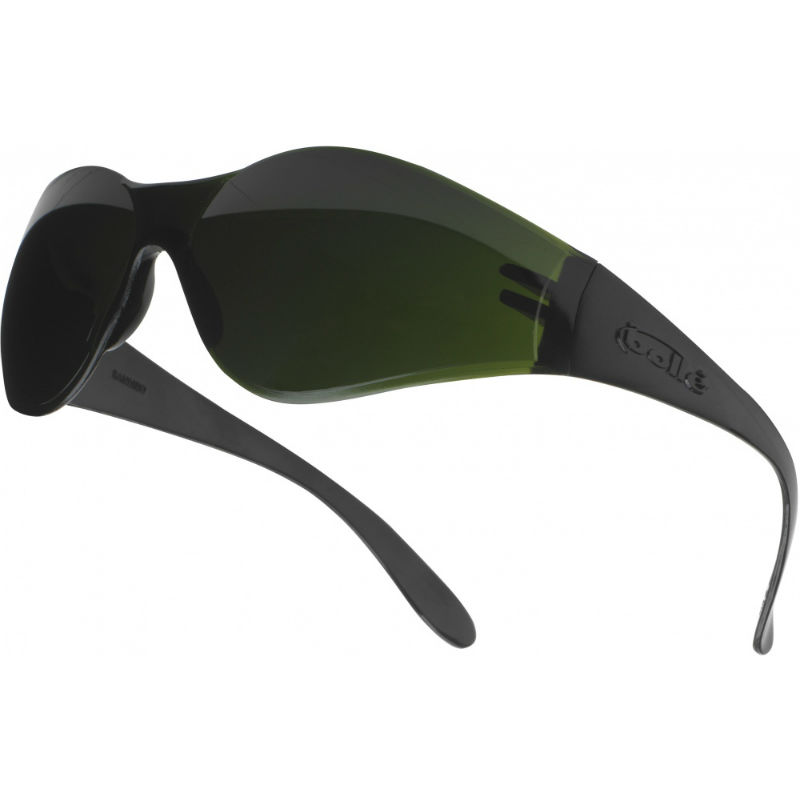 Firstly, we have the darkest of lenses. These, strangely enough, are best suited for use in the brightest of environments. This includes any outdoor use as it makes bright sunny days contrasted without colours from becoming distorted. They prevent light from reaching the eyes, and are suitable for any industry that requires long use in bright conditions. A good example of this is the Bollé Contour Metal Smoke Lens Safety Glasses CONTMPSF, which use tough polycarbonate lenses to provide exceptional light protection, anti-fog properties and an enhanced field of view.
Firstly, we have the darkest of lenses. These, strangely enough, are best suited for use in the brightest of environments. This includes any outdoor use as it makes bright sunny days contrasted without colours from becoming distorted. They prevent light from reaching the eyes, and are suitable for any industry that requires long use in bright conditions. A good example of this is the Bollé Contour Metal Smoke Lens Safety Glasses CONTMPSF, which use tough polycarbonate lenses to provide exceptional light protection, anti-fog properties and an enhanced field of view.
Copper, Orange, Amber, dark Green and Brown lenses
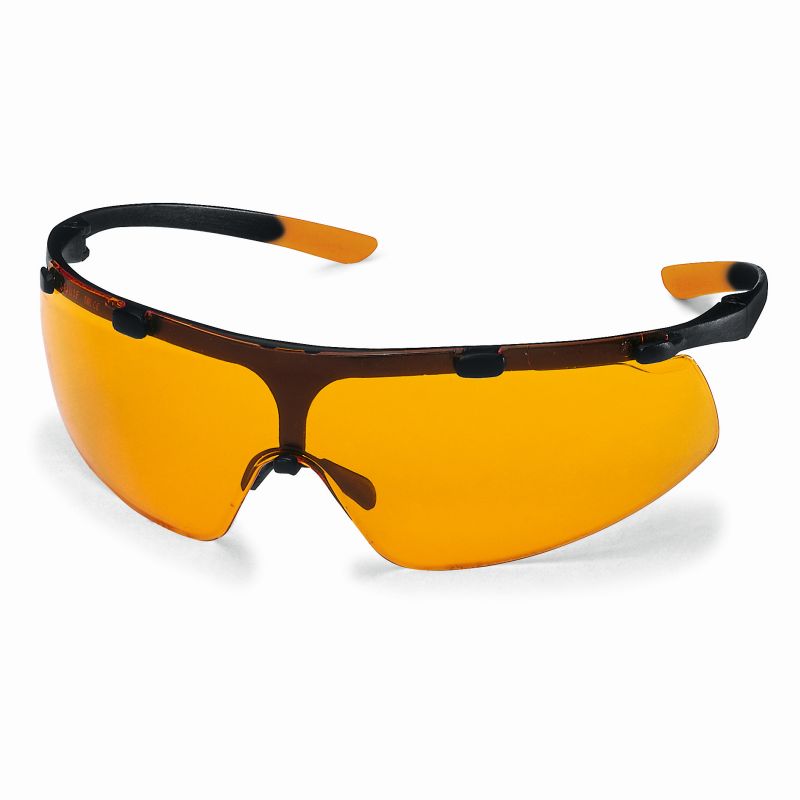 Lenses with a reddish tint are exceptional for use in low light conditions because they can make the environment that they are in seem brighter. They are well suited to overcast, hazy and foggy conditions. Furthermore they also block the harmful blue light, which helps to improve the users sharpness, depth perception and reduce signs of eye fatigue.
Lenses with a reddish tint are exceptional for use in low light conditions because they can make the environment that they are in seem brighter. They are well suited to overcast, hazy and foggy conditions. Furthermore they also block the harmful blue light, which helps to improve the users sharpness, depth perception and reduce signs of eye fatigue.
Brown and copper lenses enhance red light, making them popular among drivers, while sports players, cyclists and hunters prefer yellow, amber and green lenses as these help to reduce the blue light in the air that is caused by hazy conditions.
Yellow Lenses
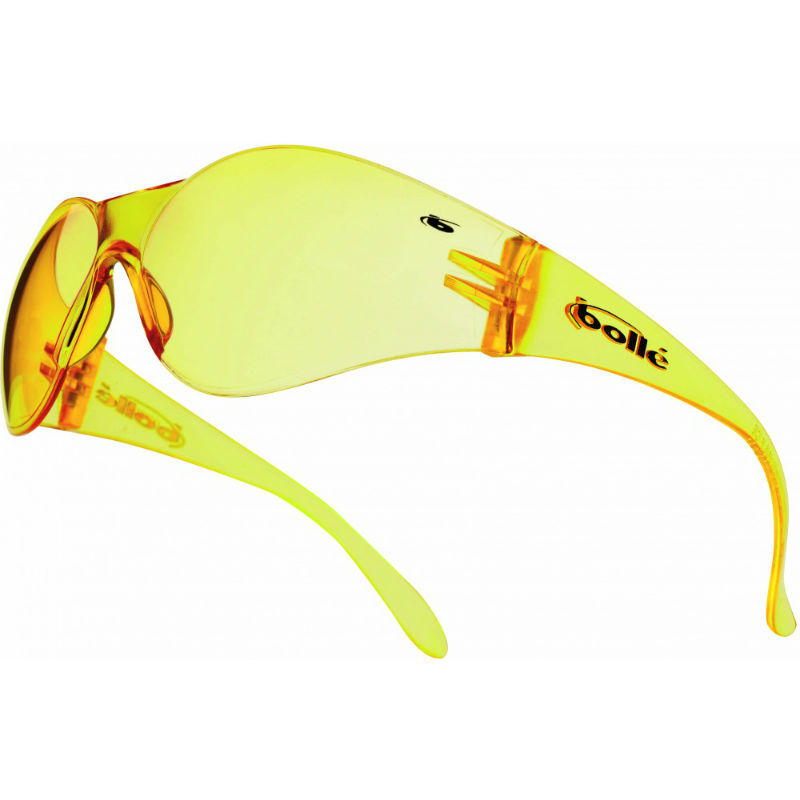 Yellow lenses are designed specifically to reduce the amount of blue light that reaches the eye. This makes them ideal for users who spend a lot of time in front of a screen, as screens produce high amounts of blue light. Our recommended choice would be the Guard Dogs Bones Xtreme 1 Amber Safety Glasses, that offer exceptional protection against a wide range of hazards and protects against 99% of UV light.
Yellow lenses are designed specifically to reduce the amount of blue light that reaches the eye. This makes them ideal for users who spend a lot of time in front of a screen, as screens produce high amounts of blue light. Our recommended choice would be the Guard Dogs Bones Xtreme 1 Amber Safety Glasses, that offer exceptional protection against a wide range of hazards and protects against 99% of UV light.
Clear Lenses
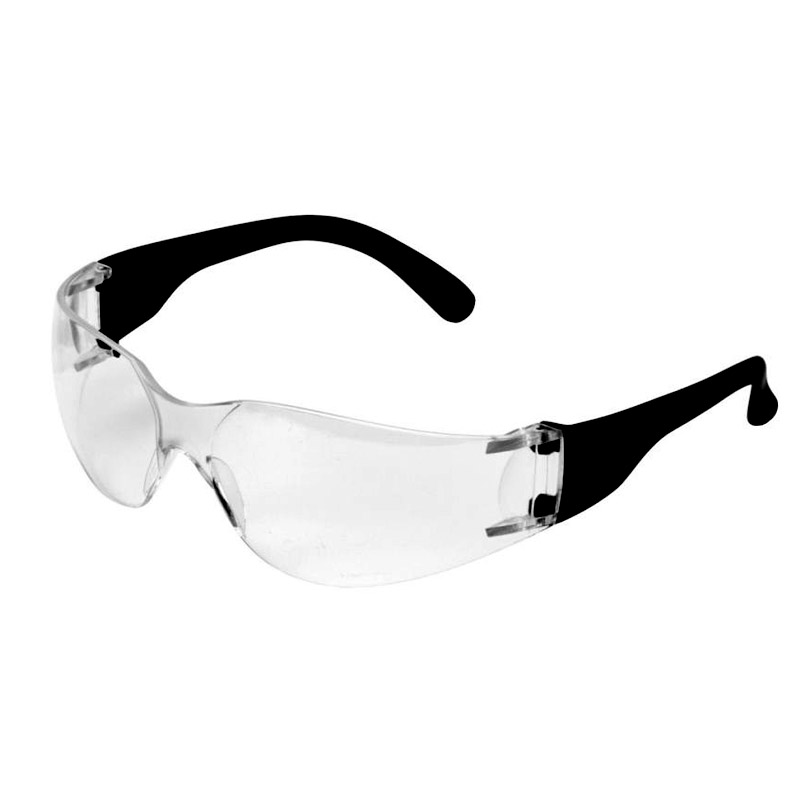 A high number of our glasses and goggles come with a clear lens. They are the standard colour for safety glasses, as they offer high visibility, offer good mechanical protection and while protecting against UV light allow between 86% and 96% of visible light to break through, ideal for indoor conditions. Our top pick is the versatile, economical, strong and comfortable Supertouch E10 Clear Safety Glasses.
A high number of our glasses and goggles come with a clear lens. They are the standard colour for safety glasses, as they offer high visibility, offer good mechanical protection and while protecting against UV light allow between 86% and 96% of visible light to break through, ideal for indoor conditions. Our top pick is the versatile, economical, strong and comfortable Supertouch E10 Clear Safety Glasses.
Mirrored Lenses
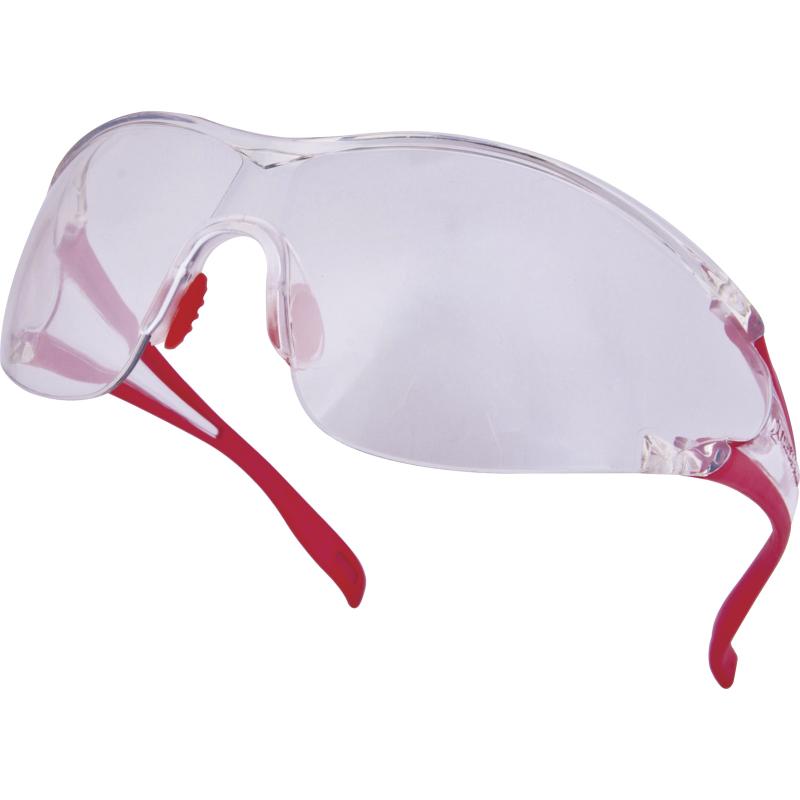 Mirrored lenses aren't a colour per se, but a coating on the outside of the glasses or goggles reflects light and helps to reduce sun glare. Mirrored eyewear tends to make objects appear darker, and if they're mixed with lighter tints they can improve visibility. The Delta Plus Egon Light Mirror Safety Glasses use a lighter coating with a mirrored design to ensure excellent visibility, without allowing damaging light to come through.
Mirrored lenses aren't a colour per se, but a coating on the outside of the glasses or goggles reflects light and helps to reduce sun glare. Mirrored eyewear tends to make objects appear darker, and if they're mixed with lighter tints they can improve visibility. The Delta Plus Egon Light Mirror Safety Glasses use a lighter coating with a mirrored design to ensure excellent visibility, without allowing damaging light to come through.
Lens Colour Matters
Lens colour matters. It doesn't matter if you're a sportsman, a driver, or manual worker or work in a lab, there will be some coloured lenses that are catered specifically for you. To browse lenses by colour, take a look at the links below:
If you want a little extra information or have something to add, please leave a comment below or call us on 020 7501 0594, where one of our experts will be delighted to help.
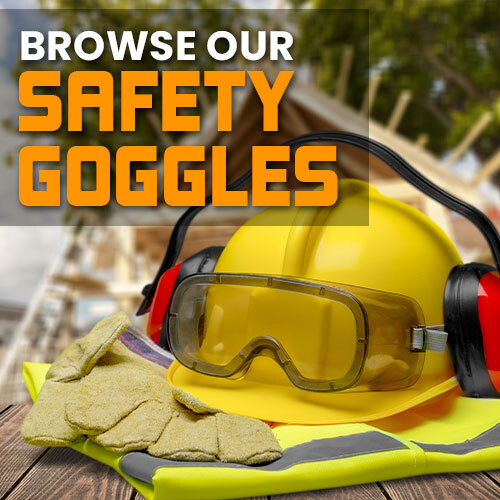
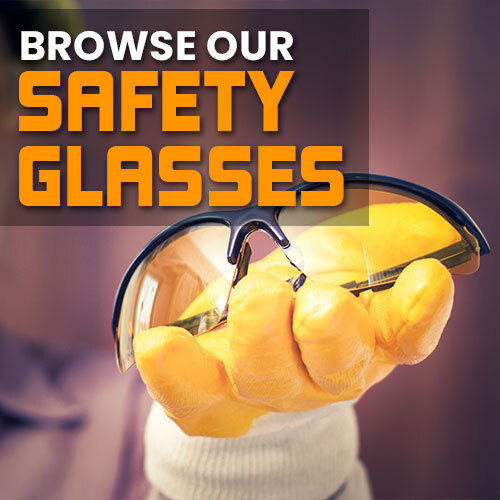

 Firstly, we have the darkest of lenses. These, strangely enough, are best suited for use in the brightest of environments. This includes any outdoor use as it makes bright sunny days contrasted without colours from becoming distorted. They prevent light from reaching the eyes, and are suitable for any industry that requires long use in bright conditions. A good example of this is the
Firstly, we have the darkest of lenses. These, strangely enough, are best suited for use in the brightest of environments. This includes any outdoor use as it makes bright sunny days contrasted without colours from becoming distorted. They prevent light from reaching the eyes, and are suitable for any industry that requires long use in bright conditions. A good example of this is the Lenses with a reddish tint are exceptional for use in low light conditions because they can make the environment that they are in seem brighter. They are well suited to overcast, hazy and foggy conditions. Furthermore they also block the harmful blue light, which helps to improve the users sharpness, depth perception and reduce signs of eye fatigue.
Lenses with a reddish tint are exceptional for use in low light conditions because they can make the environment that they are in seem brighter. They are well suited to overcast, hazy and foggy conditions. Furthermore they also block the harmful blue light, which helps to improve the users sharpness, depth perception and reduce signs of eye fatigue. Yellow lenses are designed specifically to reduce the amount of blue light that reaches the eye. This makes them ideal for users who spend a lot of time in front of a screen, as screens produce high amounts of blue light. Our recommended choice would be the
Yellow lenses are designed specifically to reduce the amount of blue light that reaches the eye. This makes them ideal for users who spend a lot of time in front of a screen, as screens produce high amounts of blue light. Our recommended choice would be the  A high number of our glasses and goggles come with a clear lens. They are the standard colour for safety glasses, as they offer high visibility, offer good mechanical protection and while protecting against UV light allow between 86% and 96% of visible light to break through, ideal for indoor conditions. Our top pick is the versatile, economical, strong and comfortable
A high number of our glasses and goggles come with a clear lens. They are the standard colour for safety glasses, as they offer high visibility, offer good mechanical protection and while protecting against UV light allow between 86% and 96% of visible light to break through, ideal for indoor conditions. Our top pick is the versatile, economical, strong and comfortable  Mirrored lenses aren't a colour per se, but a coating on the outside of the glasses or goggles reflects light and helps to reduce sun glare. Mirrored eyewear tends to make objects appear darker, and if they're mixed with lighter tints they can improve visibility. The
Mirrored lenses aren't a colour per se, but a coating on the outside of the glasses or goggles reflects light and helps to reduce sun glare. Mirrored eyewear tends to make objects appear darker, and if they're mixed with lighter tints they can improve visibility. The 
